How to go from 7.5% to 6.39%
(without paying points?)
Maximizing Savings in a High-Interest Rate Environment through Extra Mortgage Payments
In a high-interest rate environment, every penny counts when it comes to managing your finances. One area where this is particularly true is in paying down your mortgage. For most people, their mortgage is their largest monthly expense, and the interest rates can significantly impact the overall cost of homeownership. This article explores the benefits of making additional principal payments on your mortgage, using a $250,000 loan at 7.5% interest for 30 years as an example. By paying an extra $200 per month towards principal, you can effectively reduce your interest rate to 6.39%, resulting in substantial long-term savings.
Understanding Mortgage Basics
Before delving into the advantages of paying extra towards your mortgage, it's crucial to grasp the fundamentals. In a fixed principal and interest mortgage, such as the one mentioned, your monthly payment remains the same throughout the loan term. However, the allocation between interest and principal changes over time. In the early years, a significant portion of your payment goes towards interest, while in later years, more goes towards principal.
The Benefit of Paying Extra Principal
Interest Savings:
In a high-interest rate environment like the 7.5% scenario we're considering (compared to 3% haha), a substantial amount of your monthly payment goes towards interest. For instance, with a $250,000 loan, your monthly payment would be approximately $1,748 initially. In the first month, roughly $1,562 goes towards interest, and only about $186 reduces the principal balance.
Shortened Loan Term:
When you make extra principal payments, you're effectively reducing the outstanding balance of your mortgage. Over time, this results in a shorter loan term. In our example, adding an extra $200 per month would enable you to pay off your 30-year mortgage in approximately 22 years and 6 months. This not only saves you on interest but also means you'll own your home outright much sooner.
Effective Interest Rate Reduction:
Perhaps the most compelling benefit of paying additional principal is the reduction in your effective interest rate. In the example mentioned, the original interest rate is 7.5%. However, with the extra $200 monthly payment, your effective interest rate drops to 6.39%. This means you're effectively borrowing money at a lower interest rate, which can result in substantial savings over the life of the loan.
Long-Term Savings:
The long-term savings from making extra principal payments can be astounding. By reducing your effective interest rate and shortening your loan term, you can potentially save tens of thousands of dollars in interest payments. In our example, over the life of the loan, the savings could amount to over $90,000!
In a high-interest rate environment, managing your finances wisely is essential. One way to maximize your savings and reduce the overall cost of homeownership is by making extra principal payments on your mortgage. By doing so, you can significantly lower your effective interest rate, shorten your loan term, and save a substantial amount of money in interest payments. So, if you find yourself in a high-interest rate scenario, consider the benefits of paying a little extra towards your mortgage each month; the financial rewards will be well worth it in the long run.

